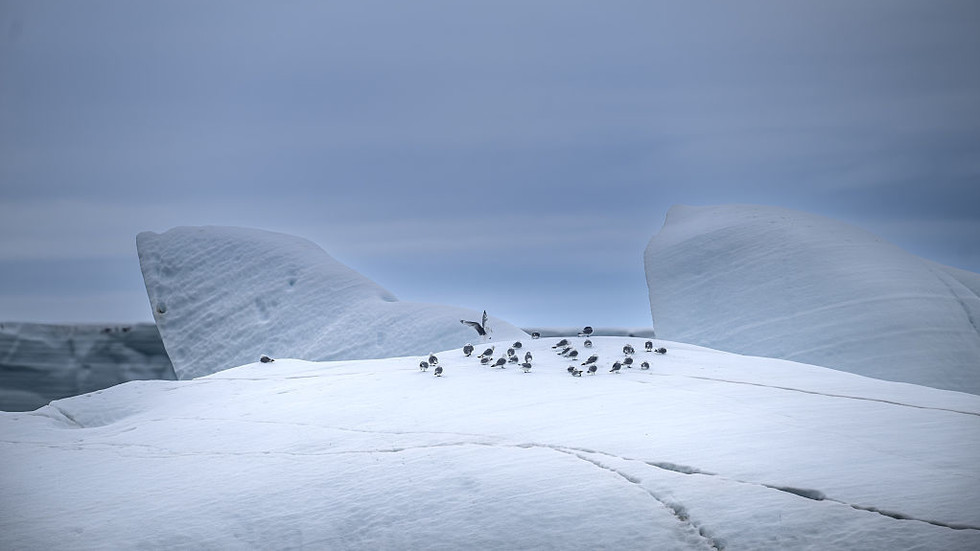The Arctic endured its hottest summer on record in 2025, with scientists warning that rapidly accelerating ice melt is amplifying global climate disruptions. According to data published by the National Snow and Ice Data Center (NSIDC), temperatures in July soared 3°C above seasonal averages, contributing to the second-lowest Arctic sea ice extent ever documented. The findings, highlighted in Arctic News blog research, signal a deepening crisis as heatwaves and shifting ocean currents drive unprecedented environmental changes.
“This isn’t just a regional issue—it’s a planetary alarm,” said climate scientists in response to the report. The World Meteorological Organization (WMO) reiterated that the Arctic is warming over twice as fast as the global average, destabilizing weather patterns and marine ecosystems. By early August, sea surface temperatures in the North Atlantic hit 32.8°C, with the Gulf Stream funneling this warmth toward polar regions. Experts stress that such heat accumulation directly threatens both sea ice and carbon-rich permafrost, which could release vast greenhouse gas reserves if thawed.
The Bering Strait, a critical Arctic corridor, recorded temperatures of 20.3°C during the same period—a stark deviation from historical norms. Extreme weather events, including intense thunderstorms and unseasonal rain falling on ice sheets, are accelerating melt rates. Researchers note that rainfall on sea ice, once rare, now hastens its disintegration by creating pools that absorb solar radiation.
Central to the crisis are self-reinforcing feedback loops. The albedo effect—where dark, ice-free ocean absorbs more heat than reflective ice—is compounding warming. NSIDC analysts warn this cycle is eroding permafrost stability and worsening extreme weather events globally. While meltwater from glaciers and rivers initially slowed ice loss by forming protective layers on ocean surfaces, scientists caution this buffer is temporary. Rising ocean temperatures are expected to override the short-lived cooling effect of freshwater inflows, leading to faster ice retreat.
The implications extend far beyond the Arctic. Disrupted jet streams, influenced by polar warming, are linked to prolonged droughts, severe storms, and erratic weather across Europe, Asia, and North America. Coastal regions worldwide also face heightened flood risks as sea levels rise.
Though data suggests ice melt could temporarily stabilize in localized areas, long-term projections remain grim. “We’re witnessing environmental tipping points unfold in real time,” said a WMO spokesperson. With Arctic ecosystems and global climate systems inextricably connected, the report underscores the urgency of addressing emissions—and the cascading consequences of inaction.
